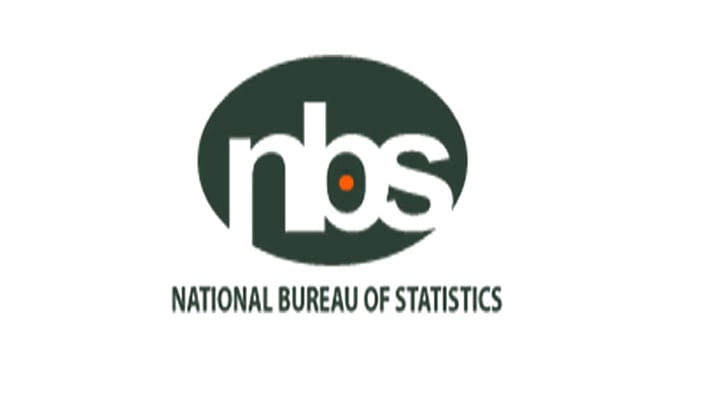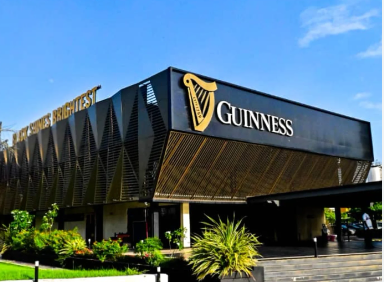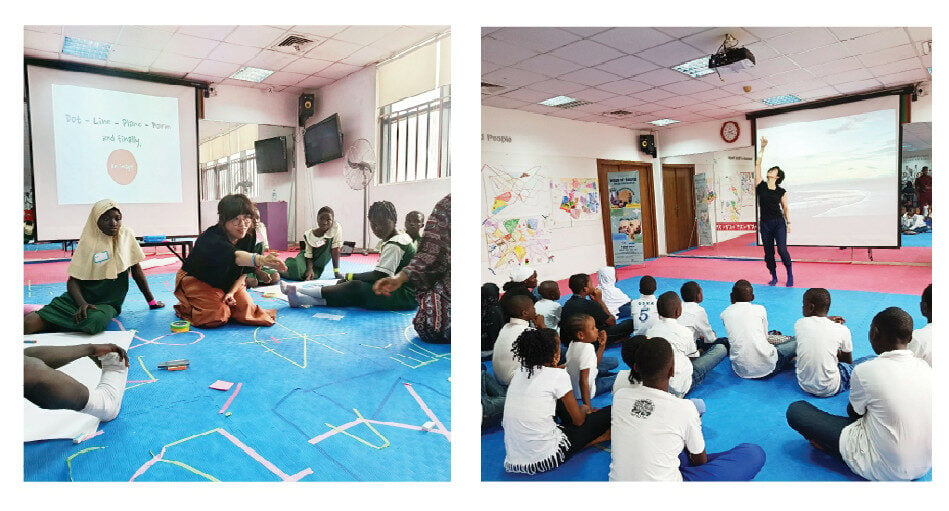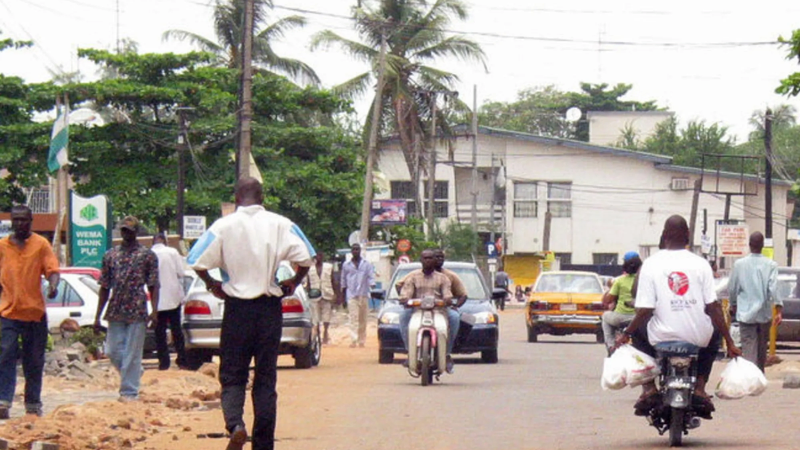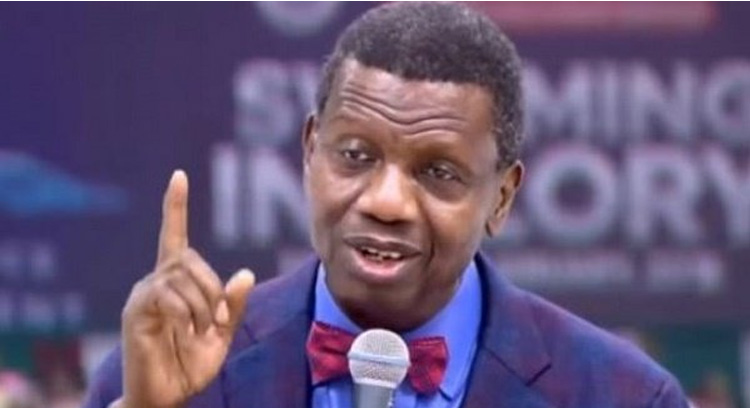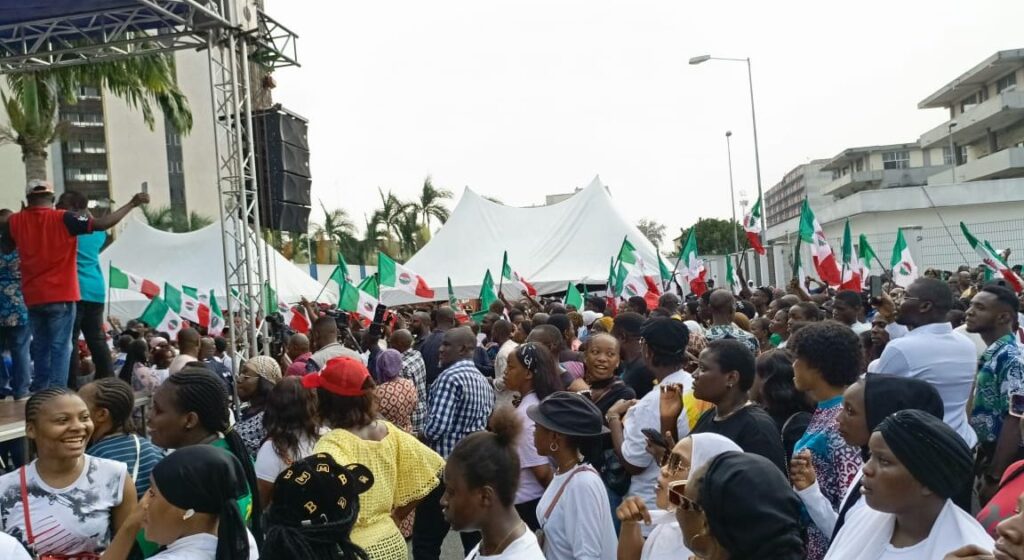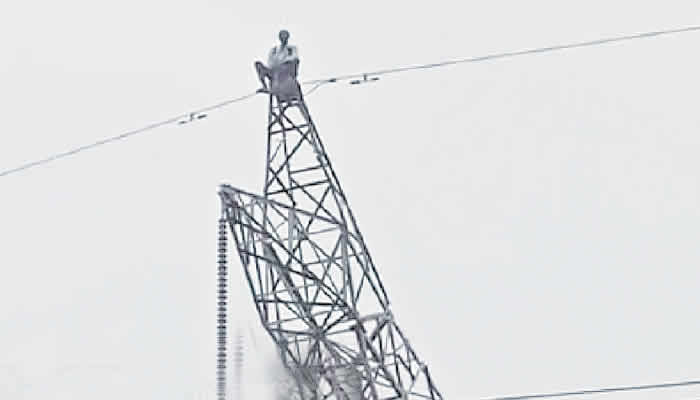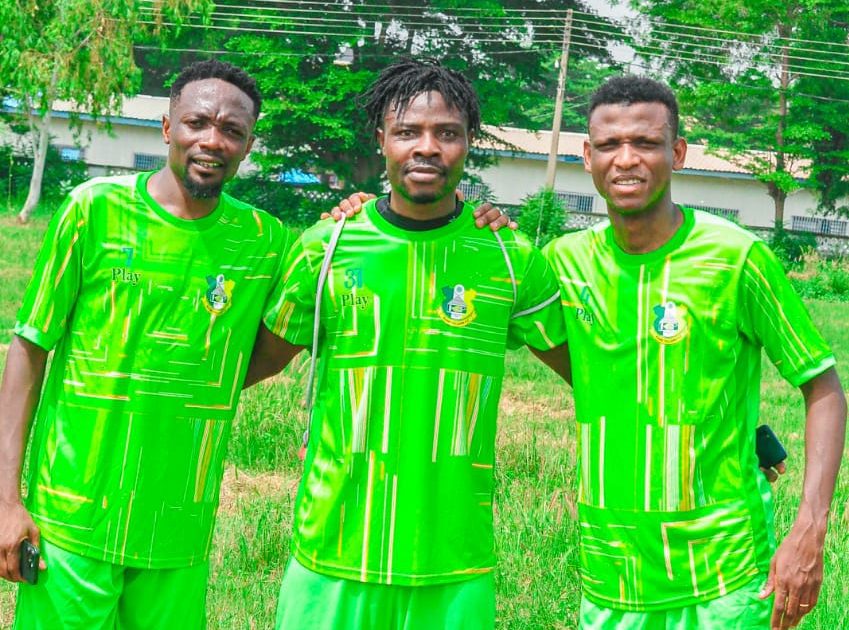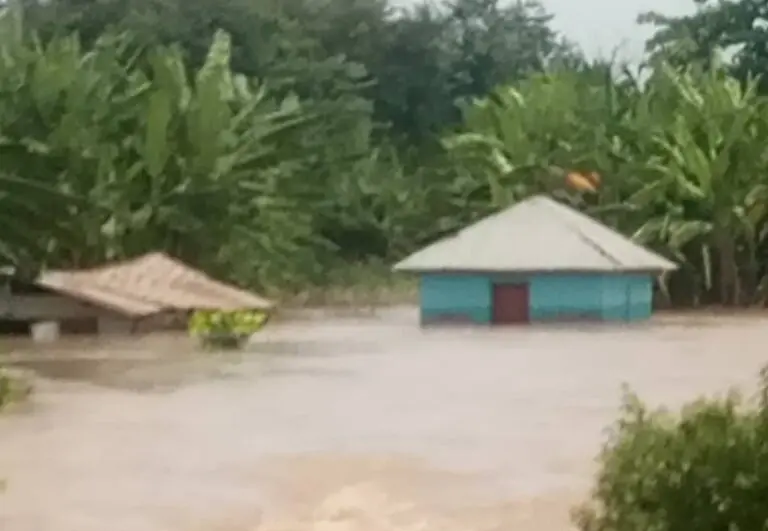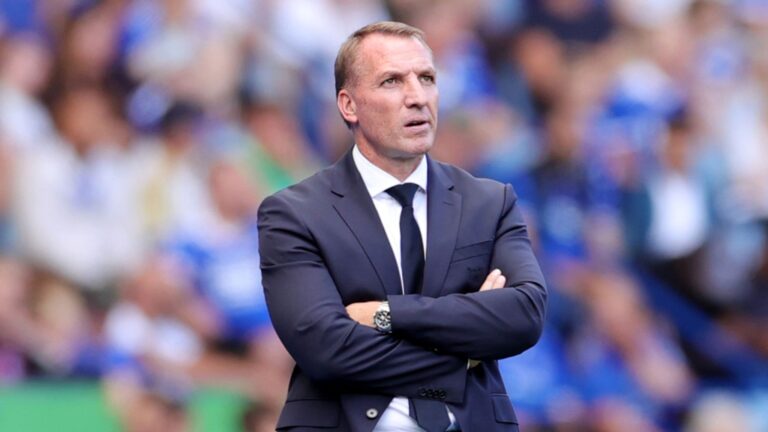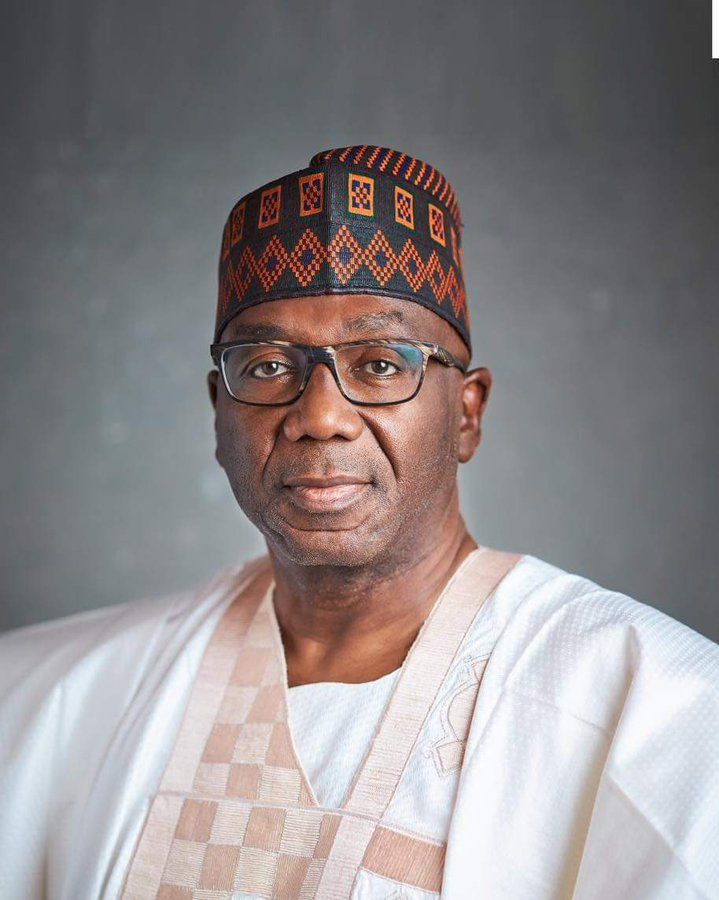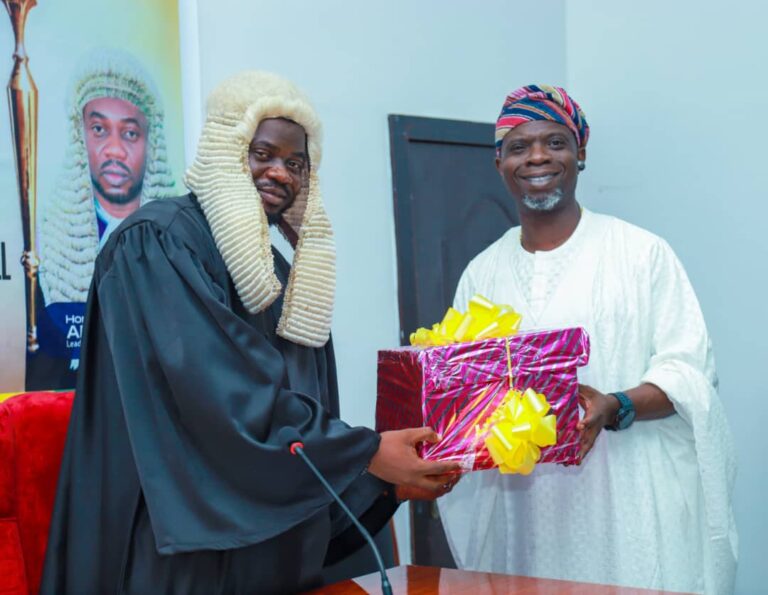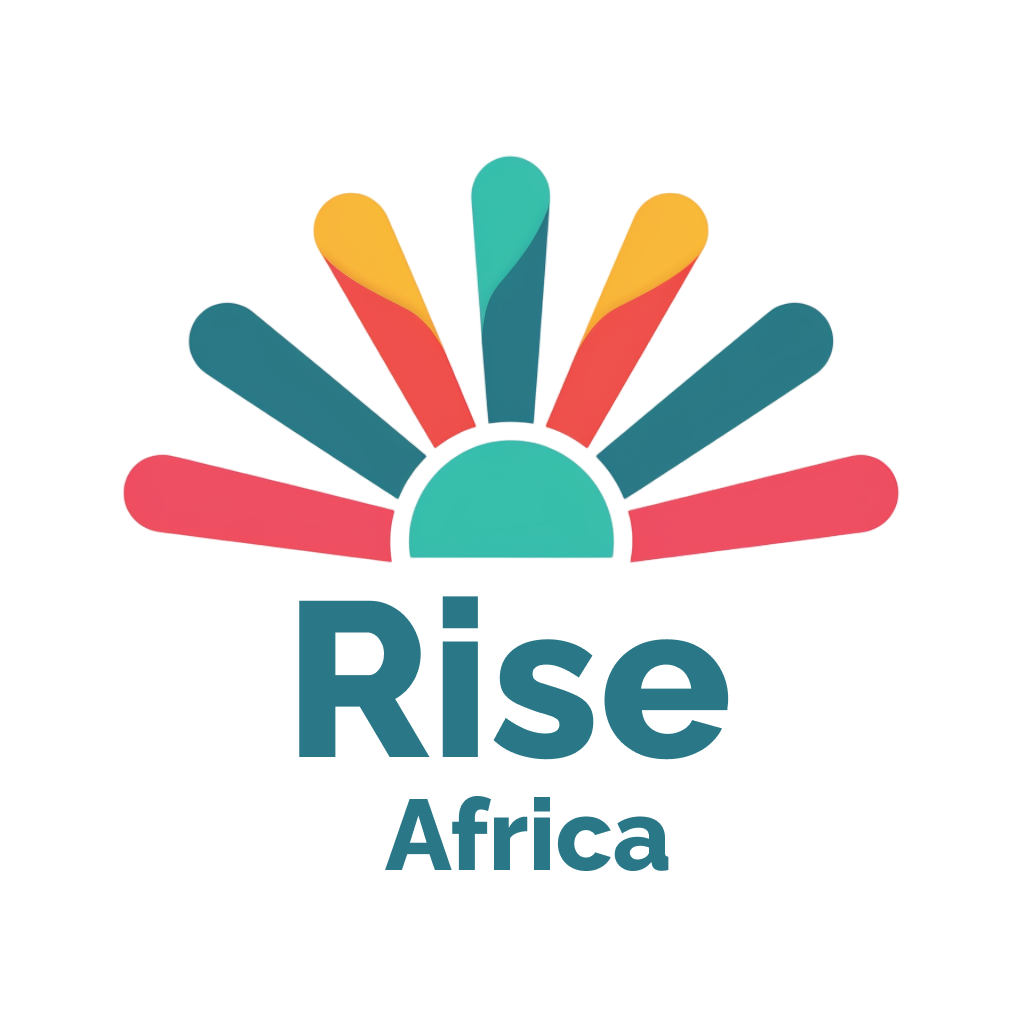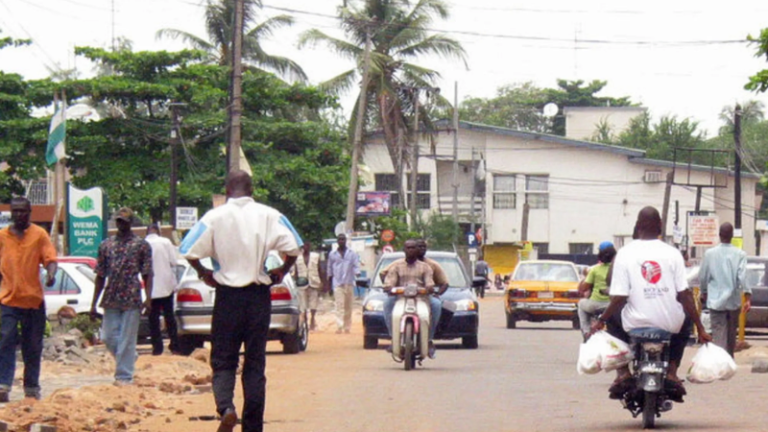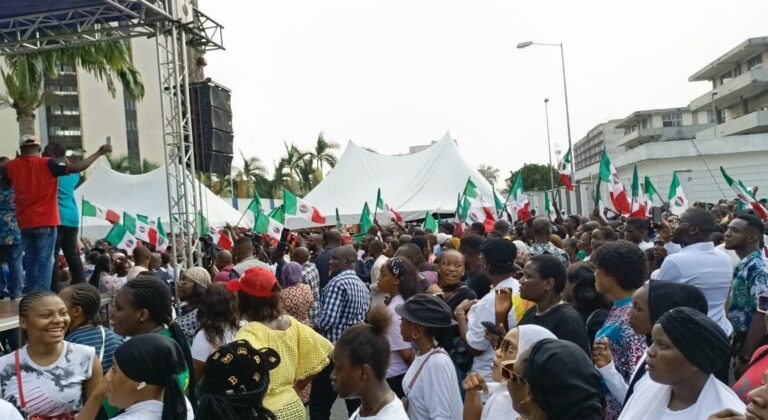At the Korea Culture Centre Nigeria (KCCN), 40 FCT pupils witnessed new ways of seeing and creating through ‘play’ activities, such as drawing and movement.
Facilitated by Korean artistes and partners, Jung-won Ye (visual artist) and Jin-ju Kang (dancer), with the support of KCCN and the Korea Arts & Culture Education Service, the ‘Encountering Art: Ways of Seeing’ workshop saw the children aged 6 – 14 years, from LEA Primary School, Suka, AMAC, and Greater Seed Richmaris Academy, embark on a series of playful, artistic activities over a four-hour period that enhanced their sense of perception and process of creating.
In the first two hours with Ye, the children played popular Korean games – the superhero game – where they indicate unique abilities they possess; the ‘Don-gas’ game – an image hopscotch game, where the main idea is to block another player’s movement, who tries as much as possible to wriggle free without touching their playmates, or are ousted from the game.
Lastly, the eraser skipping game – where they take turns (as a team) to create images on a plain paper, by placing and flicking erasers from one point to another, then drawing a line from the point of origin to where the eraser landed. The pupil then identifies and paints over new images (shapes or objects) observed within the overall picture.
Kang’s session began with a short, contemporary dance performance, introducing the children to her work as an artist. She then dismantled her work process and aesthetics, using the Hangeul alphabet. She had the children recreate the letters with their bodies and then write them down on paper.
She translated the words to English and had the children rewrite them in beautiful calligraphy before rearranging the words into aesthetic images superglued on paper. She also had the children assess images of people to identify their emotions and finally observe and notate pictorially the movement in plants.
Of what importance are these series of activities? How did these activities impact the children?
It begins with ‘play’. Play is not just an activity; it is an experience that is pleasurable. While the process of play may differ for adults and children; the former, because it is self-chosen, and for the children, particularly in a group setting as the workshop, as it is guided by the facilitators – the general rule of play indicates that there is a set-boundary, with more value placed in the process than the outcome. It is also imaginative, engaging and involves an alert but non-stressed frame of mind.
Why is ‘play’ important for children, teenagers or adults?
“Everyone plays,” said Ye. “Whether it is washing plates, dancing or scribbling something random on paper. Everyone has the capacity to play. In Korea, we have a saying, “if you play well, you live well”. So, the more you infuse arts and fun, the better for anyone.”
Beyond imbuing the pupils with a pleasant experience they’ll recall in the future, it unlocks in them new ways of perception.
“Today, we had the children flicking erasers. While we may not see it, something has registered in their minds, and that thought will recur at some point. They would say, “I remember flicking erasers with the teacher, I really loved that moment”. That is because eraser is meant for erasing things, but they used it to play and draw, and that is different than what they are used to,” Ye said.
For Kang, dance/movement is a form of play that anyone can relate to. It is about communication and finding connection through movement, regardless of the boundary or barrier of language.
A professional dancer, she had lost the initial ‘feeling’ dance gave her in the pursuit of skill and perfection. Post-reflection, she realised it was that initial ‘feeling’ that had kept her dancing, she began looking for ways to infuse that ‘feeling (pleasurable experience)’ in her work of teaching people the art of playing through dance.
“When I look around today, I see dance in how people walk along the streets, how plants move, and I expanded that horizon because I felt that was something everyone can relate to. I feel that we communicate through dance – whether it is with children, the older generation or like today, where we are working with children with whom we have a language barrier, we have communicated through movement.
“I feel everything in the world is connected – thoughts, movements etc. It all starts from the imagination. You imagine it, note it on paper and then express it through your body.
“Although there are differences in perception, although they may see me as a foreigner, we were all still able to connect and communicate. In other words, don’t be afraid of new things. Find a middle ground to connect and go from there,” Kang said.
Once a connection is made, boundaries of play can be broken, which can result in beautiful moments as Ye discovered.
For instance, there was a particular team of pupils who didn’t play according to the rules of the game. Rather than flick their erasers one after another, they did so simultaneously. She let them be because she believes that is art in itself and fun for the children.
Just as she saw art and creativity in another team’s engagement in a random game of trying to capture ‘fine dust’ often seen in shafts of light floating through the air.
“I set a boundary, which they broke, but I liked it, and intend to introduce that in my work back home. That’s because with things like this, we find possibilities of improvement – of building a whole new world of art – just as we did with the different things that we took here and there – in workshops like this back in Korea, that were created by the children we worked with.
“We look at everything that happened today as sparking another level of creativity for us.”
For Ye and Kang, working with Nigerian children was a big dream worth revisiting.
“I believe we have opened doors for one another through the arts today – no matter how short the time. For the children, I hope they leave with the feeling of loving the arts that I saw today, and that the artistry they have experienced today helps them in the future,” Kang said.
For practitioners of different art genres, the odds of their paths crossing were slim. However, courtesy of a culture centre in Korea, both artists met in 2024, forging a connection through in discovering their shared interest.
Both are proof that creative collaborations can happen regardless of the diversity of disciplines. They have since worked together in similar projects in Mexico, Argentina, Abu Dhabi and now Nigeria.
“Our meeting and doing these workshops are much more special. More special and different from the individual work I do with organisations like KOICA. I hope the Nigerian government can work with the Korea Culture Centre to extend our stay next time – perhaps a month. We are willing to return to Nigeria,” Ye declared.
